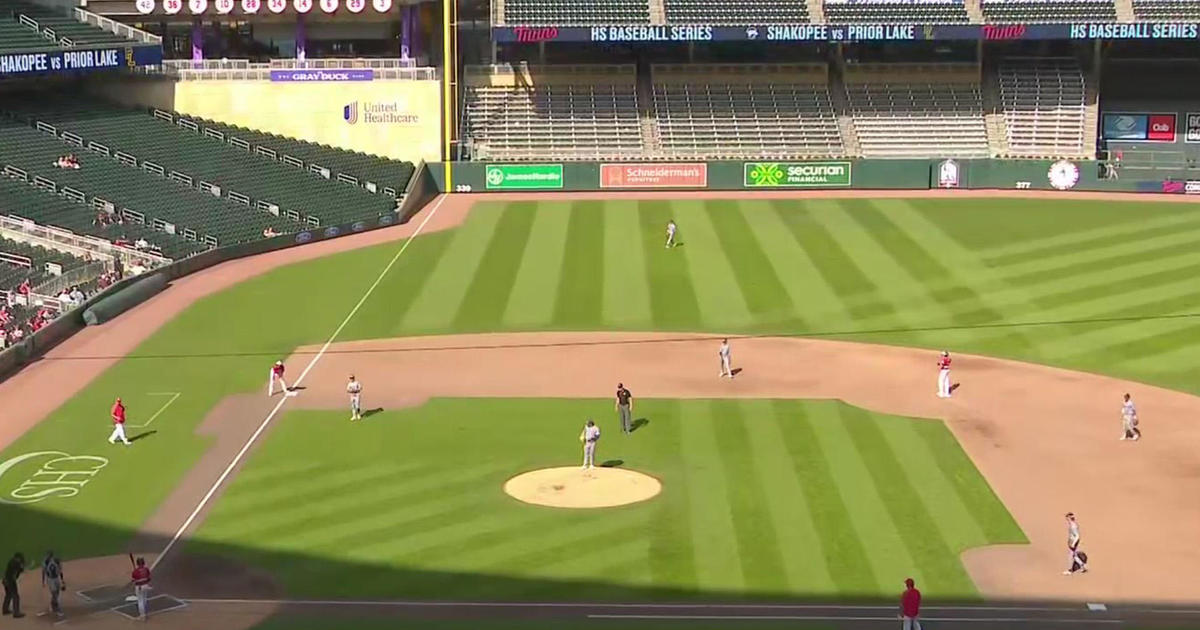What's Happening To White Bear Lake?
WHITE BEAR LAKE (WCCO) -- For the past couple of years it's been a growing mystery: Where's all the water going in White Bear Lake?
Residents, like Mike Semonick, are getting anxious for answers.
"It's just strange to come here in June and not see anyone on the beach, barely a boat on the landings at either side of the lake," said Semonick. "It's just baffling what's going on."
With all the snow melt from deep winter snow and heavy spring rains, other area lakes are over spilling their banks, but not White Bear. The latest reading of 920.35 feet is up only two inches from where it was last spring at this time.
The fact remains that the lake is still three feet below normal.
The nearby Goose Lake, just across the road from White Bear, can't get much higher. It's in the same watershed, sitting a mere 100 yards away.
"There's no change in leakage, no new hole in the bottom of the lake," said Erik Brenna.
Brenna and fellow University of Minnesota engineering student Joe Fox poured over data from their 3-month study. They were analyzing the data of well water levels and area wetlands, groundwater pumping projects and the area's historical precipitation.
Fox says their analysis has all but ruled out what many have pointed to, a "micro drought."
"This time around it seems a drop in precipitation is not the case," said Fox.
What they discovered and are focused on is that 40 feet under the deepest part of the lake is the combined Jordan and Prairie Du Chien aquifer. They theorize that White Bear has dropped because the aquifer underneath it is also down. To a greater degree than most lakes, White Bear Lake depends on the higher aquifer to keep its water from seeping into the ground.
"There's the strong possibility of increased pumping from the PDC and Jordan aquifers in the region possibly being the cause of the draw down of the aquifer and lake subsequently," said Brenna.



